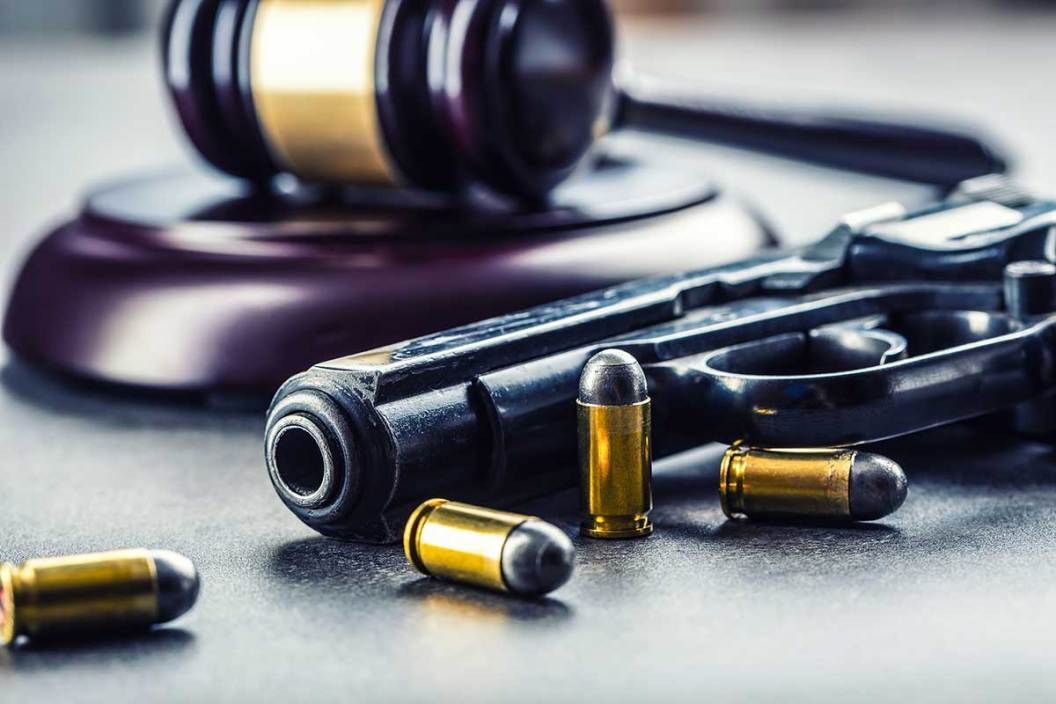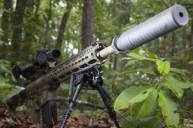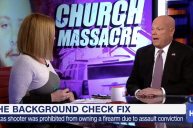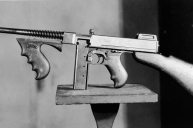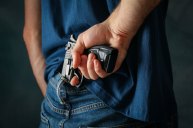U.S. federal gun laws have a storied history that mostly corresponds with isolated instances of high-profile violence.
Despite an often-repeated public narrative, the United States actually has a very complex web of federal gun control laws, along with an even more tangled web of state gun laws—some very strict and nuanced like those found in New Jersey, California, and New York—which collectively place myriad restrictions on the Second Amendment. They also create hoops for law abiding gun owners to jump through on a regular basis with severe penalties for mistakes.
Here's a breakdown of some of the major federal gun laws, how they have impacted gun rights as set in the U.S. Constitution, and some facts about each that many may find surprising.
Interestingly, there is no federal legislation regarding concealed weapons, use of firearms in self-defense, with those regulations instead being left up to individual states.
National Firearms Act (NFA)
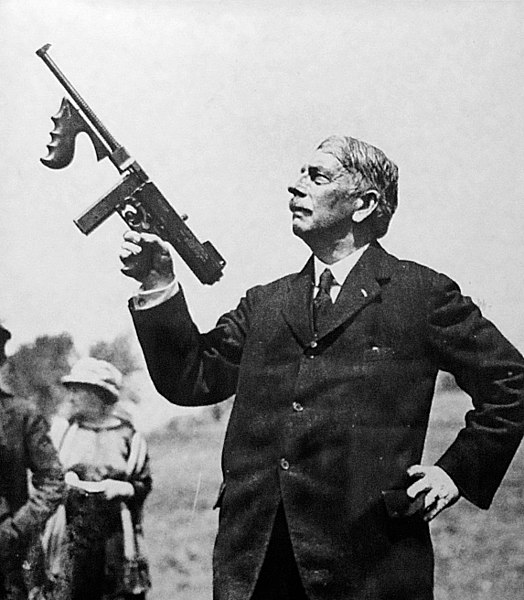
Wikimedia Commons: Jamie C
The NFA of 1934 was the first major piece of federal gun control legislation passed by Congress. It greatly restricted gun ownership by type and the federal law remains in place today. It also established a tax and registration system for these restricted firearms and some firearm accessories, like suppressors.
Before the NFA was passed, any retailer could stock and sell suppressors, rifles, shotguns, and handguns of any size, shape, length—even full auto firearms, all of which could be purchased with nothing more than money.
Just as proposed gun control legislation is often introduced after high profile mass shootings in the 21st century (with proponents acting in the supposed interest of public safety), it was much the same back in the 1930s.
It is widely accepted that the NFA was introduced and passed in reaction to increased gang crime during the Prohibition era, specifically the infamous St. Valentine's Day Massacre of 1929 in Chicago and the attempted assassination of then President-elect Franklin Roosevelt in 1933, along with crime waves perpetrated by headline-grabbing criminals like Bonnie and Clyde. Consequently, in an effort to combat gun violence, the NFA focused on the types of firearms used by the criminals in question.
Surprising Detail: Something many don't realize is the $200 cost of an NFA tax stamp hasn't changed since 1934. When it was established, the fee was designed to be so high that it would de facto prohibit legal ownership of NFA regulated items. The sum of $200 in 1934 is equivalent to $3,822 in 2019 dollars.
Federal Firearms Act (FFA) of 1938
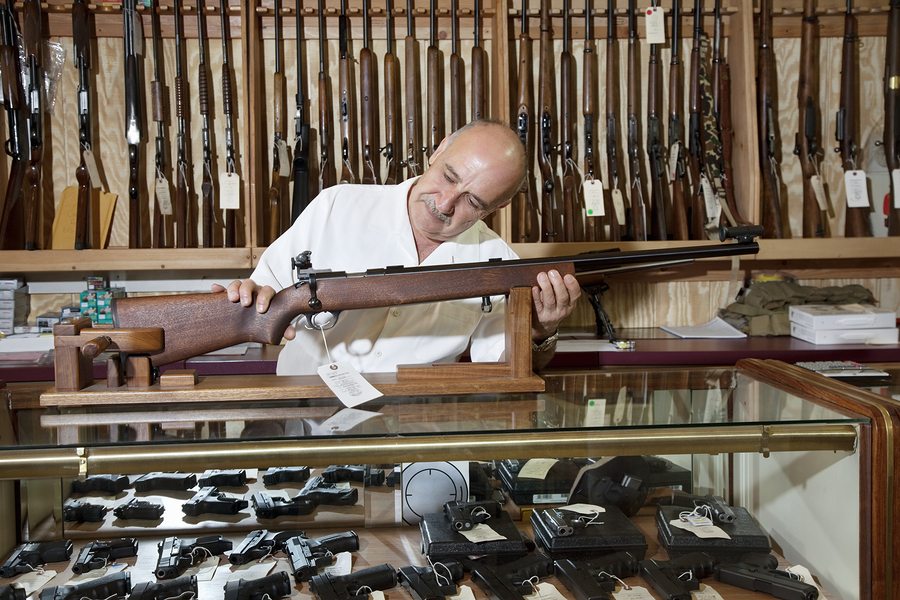
Many people don't realize that before 1938 any hardware store, sporting goods store, or pawn shop could sell firearms like they would sell any other item. It wasn't until the Federal Firearms Act was passed that Federal Firearms Licenses (FFL) were required to sell and transfer firearms for sale. This federal gun law also prohibited the sale of firearms to certain classes of people, such as convicted felons.
Surprising Detail: While its restrictions may seem familiar, the FFA was repealed by later federal legislation, but most of its provisions were retained in the new law, which revised both the FF and the NFA in the 1960s.
Gun Control Act of 1968 (GCA)
The GCA is a federal law that regulated the firearms industry and gun ownership, specifically the interstate commerce in firearms. It prohibits intereste firearms transfers, except by gun manufacturers, dealers, and importers license under the GCA. The GCA was signed by President Lyndon Johnson and is now Title I of the U.S. federal firearms laws. The NFA is Title II. Both the GCA and NFA are enforced by the Bureau of Alcohol, Tobacco, Firearms and Explosives (ATF). This is the law that prohibits the purchased of firearms by mail.
The GCA repealed and revised the FFA and NFA from the '30s and reenacted most of their provisions.
Surprising Detail: Again, this major piece of federal gun legislation came in the wake of one of the most high-profile instances of gun violence in history. President John F. Kennedy was assassinated in 1963 with a rifle purchased via a mail-order ad in American Rifleman magazine (printed by the National Rifle Association). During the NRA hearings, then Executive Vice-President of the NRA, Frank Orth, supported the ban of mail-order sales.
Firearm Owners Protection Act (FOPA)
This law, passed in 1986, revised and partially repealed the GCA. Specifically, FOPA prohibited the sale of fully automatic firearms (machine guns) manufactured after the date of the law's passage. It also required ATF approval of transfers of all automatic firearms, taking the NFA rules a step further.
In the years since, the dwindling numbers of pre-ban machine guns have caused the price to skyrocket. Many examples sell for tens of thousands of dollars today.
Surprising Detail: Despite the new regulations on machine guns, FOPA actually did do some good for gun owners. It limits ATF inspections to annual inspections, and allowed licensed dealers to sell firearms at gun shows in their states. It also loosened regulations on the sale and transfer of ammunition.
On the negative side, it also redefined "silencer" to include suppressor parts in addition to complete suppressors.
Brady Handgun Violence Prevention Act
More commonly known as the Brady Bill, this federal legislation was signed by President Bill Clinton in 1993. It required background checks to be performed for nearly all gun purchasers and gave rise to the National Instant Criminal Background Check System (NICS). I say nearly all gun purchasers because it allows for the private sale of a firearm from one individual to another without a background check in what has infamously come to be known as the "gun show loophole," though most gun sales at gun shows are conducted with NICS background checks regardless. Oddly enough, the Brady Act law enforcement duties and background checks are performed and controlled not by the ATF, but by the FBI.
Surprising Detail: The legislation was introduced by famous anti-gun politician Sen. Chuck Schumer. Again, this major piece of gun control legislation came after a presidential assassination attempt. The law is named after James Brady, who was shot by John Hinckley, Jr. when he attempted to kill President Ronald Reagan in 1981. Brady was severely disabled due to his injuries.
NEXT: THE WORLD'S FIRST ANTI-TANK GUN, THE TANKGEWEHR M1918 PACKS A PUNCH
